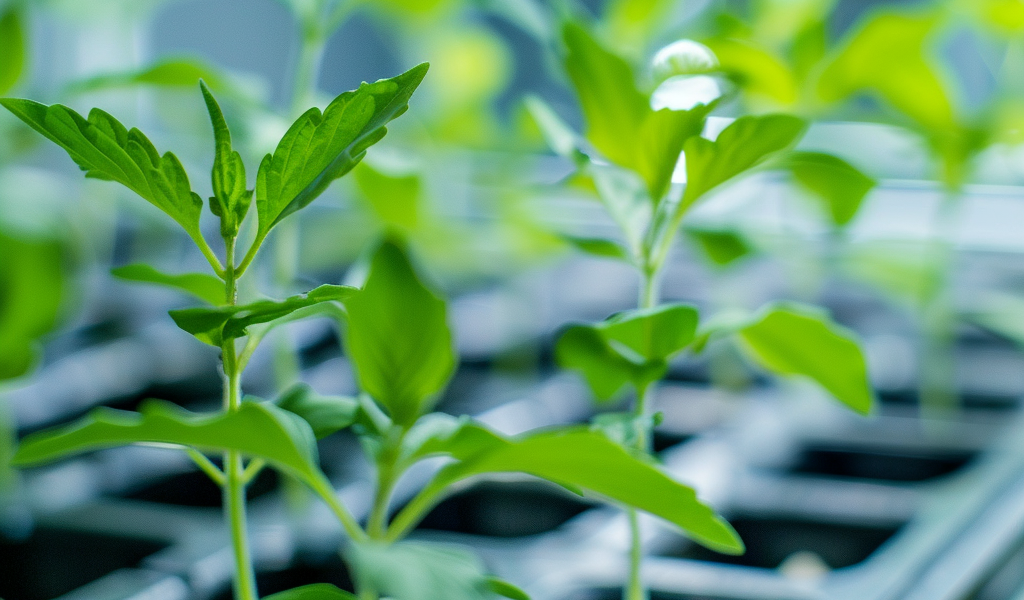Genetically Engineered Plants to Produce Human Milk Sugars for Healthier Infant Formula
Plants May Soon Provide Essential Nutrients Found in Breast Milk
Scientists have developed a method to genetically modify plants to produce human milk oligosaccharides, which could lead to more nutritious and cheaper infant formulas that mimic the benefits of breast milk more closely.
Genetically engineered plants could soon produce human milk sugars, making infant formula healthier and more affordable.
Approximately 75% of babies drink infant formula during their first six months, either exclusively or as a supplement to breastfeeding. While these formulas provide essential nutrients, they lack the roughly 200 prebiotic sugar molecules found in human breast milk, which are key to preventing diseases and fostering healthy gut bacteria. Since most of these sugars are difficult to synthesize, current formulas fail to replicate breast milk’s complete nutritional profile.
Researchers at the University of California, Berkeley and the University of California, Davis have made significant progress in bridging this gap by genetically engineering plants to produce these crucial sugars, known as human milk oligosaccharides (HMOs). Their study, recently published in the journal Nature Food, could help create a healthier, more affordable infant formula.
The Science of Engineering Sugar Metabolism in Plants
“Plants are these phenomenal organisms that take sunlight and carbon dioxide from our atmosphere and use them to make sugars. And they don’t just make one sugar — they make a whole diversity of simple and complex sugars,” said study senior author Patrick Shih, an assistant professor of plant and microbial biology and an investigator at UC Berkeley’s Innovative Genomics Institute. “We thought, since plants already have this underlying sugar metabolism, why don’t we try rerouting it to make human milk oligosaccharides?”
All complex sugars — including human milk oligosaccharides — are made from building blocks of simple sugars, called monosaccharides, which can be linked together to form a vast array of chains and branched chains. What makes human milk oligosaccharides unique are the specific set of linkages, or rules, for connecting simple sugars together that are found in th





